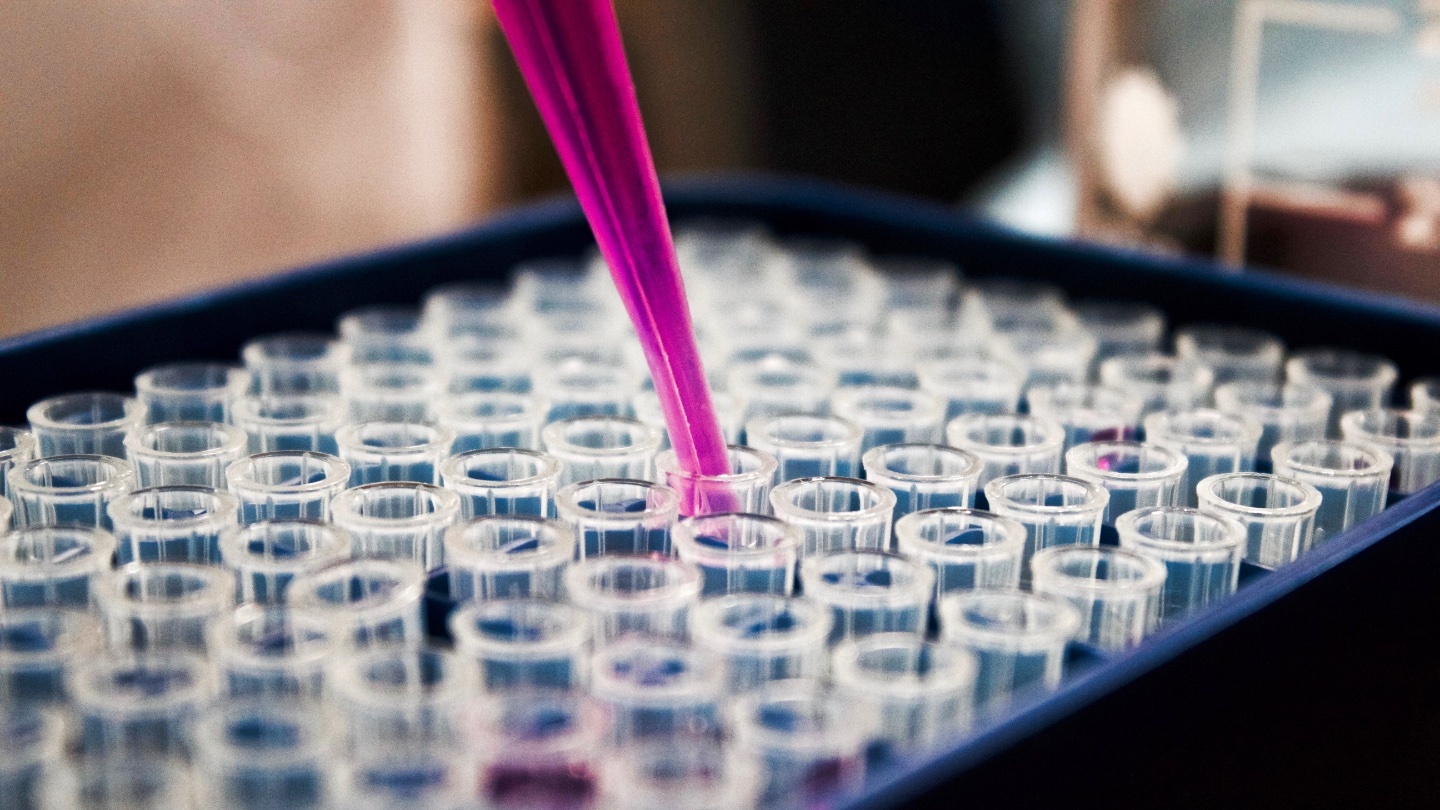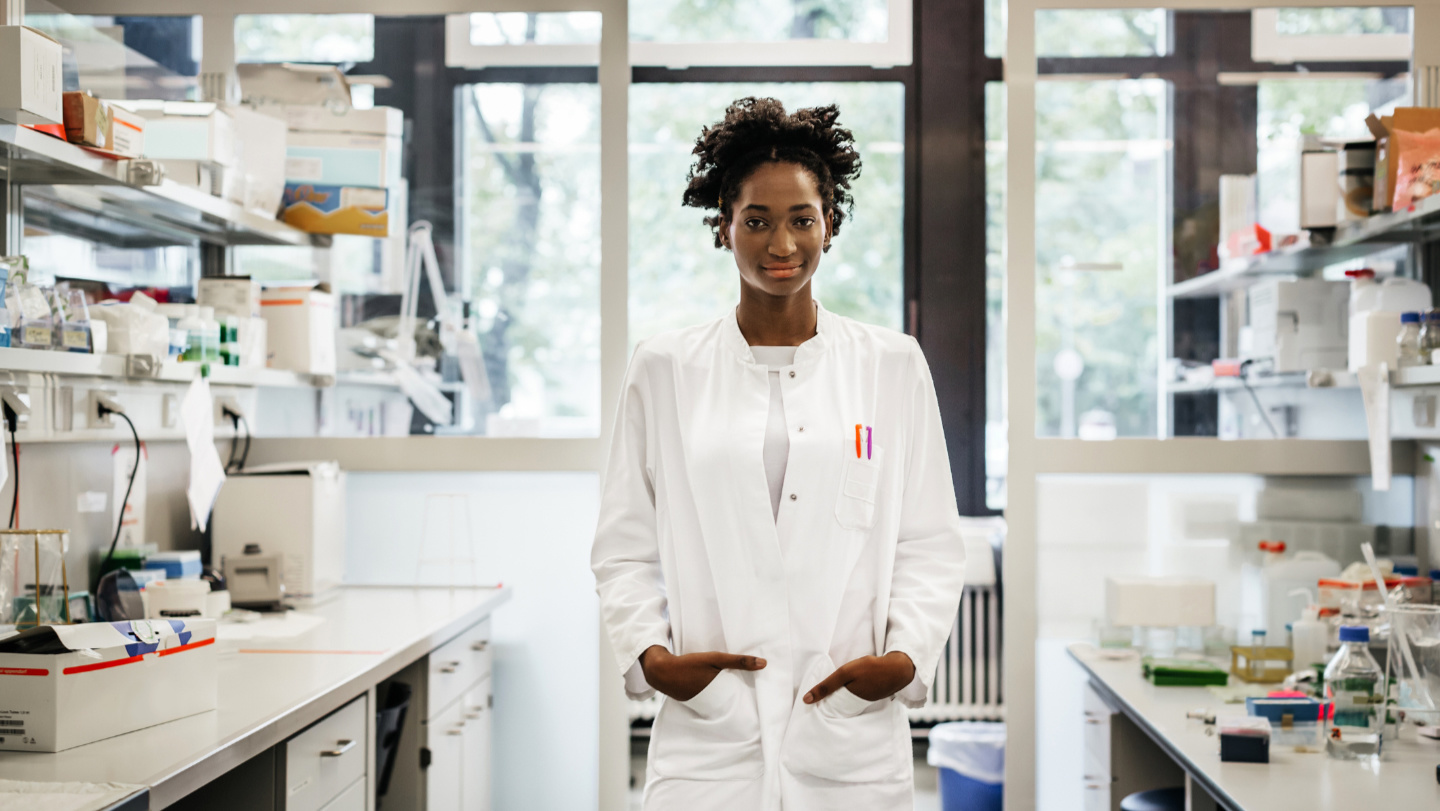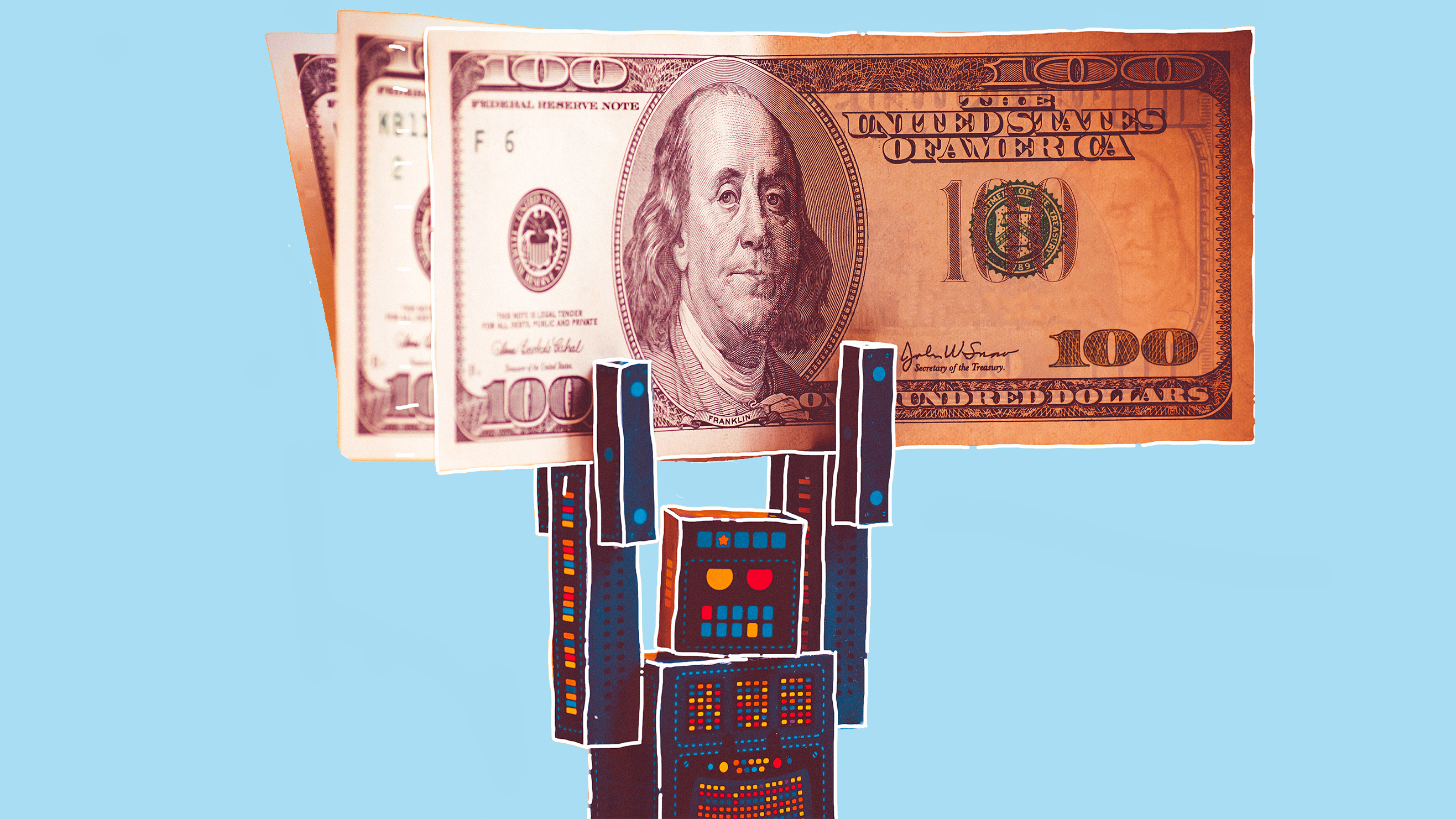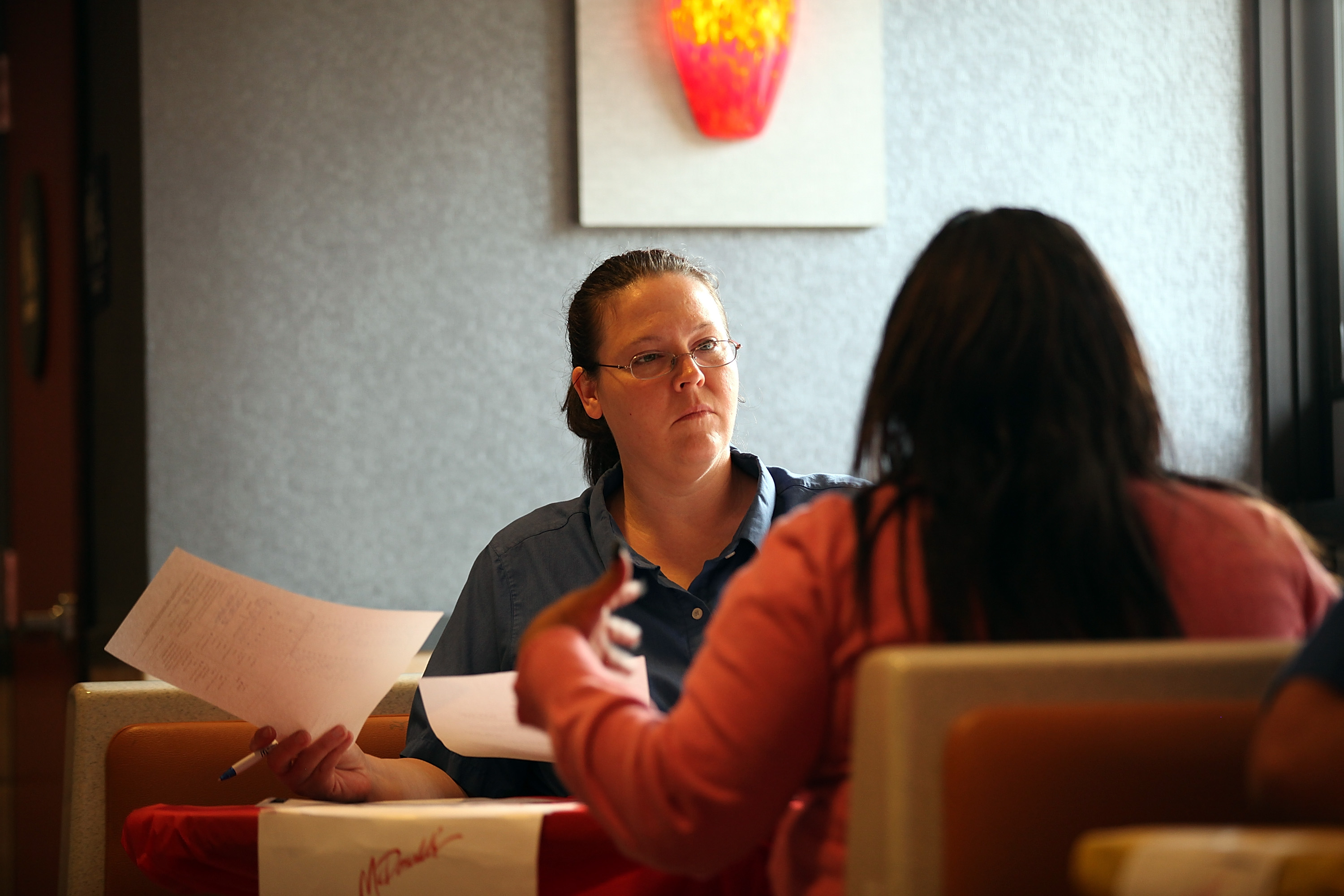discrimination
Machine learning is a powerful and imperfect tool that should not go unmonitored.
In spite of a government mandate, females are often treated as afterthoughts in scientific research.
Do you know the implicit biases you have? Here are some ways to find them out.
Stereotyping isn’t about “bad people doing bad things.” It’s about our subconscious biases, and how they sneak into organizational structures.
▸
7 min
—
with
AI is leaving human needs and democracy behind in its race to accomplish its current profit-generating goals.
A study suggests people act aggressively on their prejudices when they have plausible deniability.
It’s illegal, yet usually a subconscious act. So how can we scrub bias from the hiring process?
Irish Travellers, a group facing much discrimination and inequality, is given formal ethnic status in Ireland.
A recent study has found “significant evidence of racial discrimination” in ride-hailing services Uber and Lyft. If you’re black, you may be more likely to find your ride canceled or be subjected to longer wait times.








